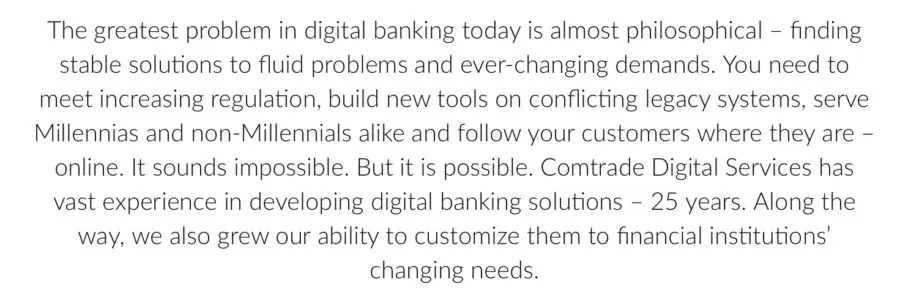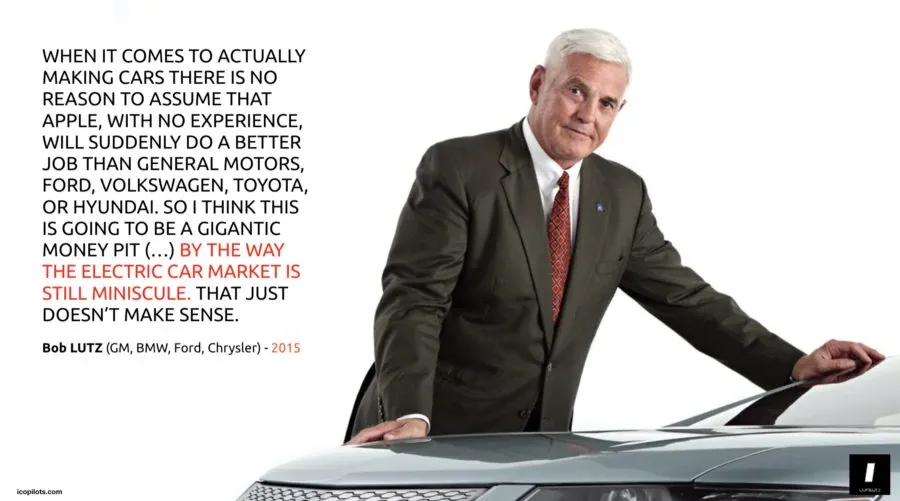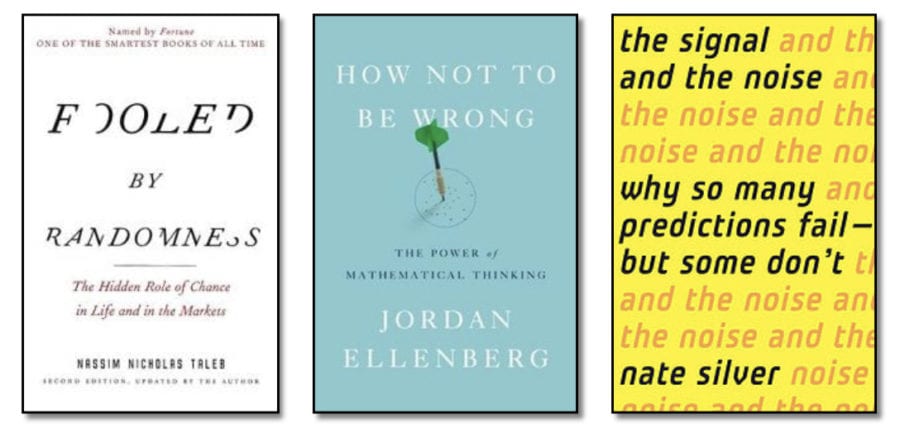How to build a McRib Strategy (Not)

I try to avoid talking mathematics when I address innovation strategy. As soon as I do it I’m victim of a very personal impostor syndrome (I’m not a mathematician) while realizing I’m going down deep, deep rabbit holes. As a matter of fact, when writing about Monthy Hall’s problems — which are key to understand uncertainty and innovation — I know I’m getting probably too technical.
Now I’m no mathematician, but I’m still a formally trained scientist. And one of the early mental model you integrate as such is to be deeply cautious about the difference in correlation and causation.
For all these reasons, I always find refreshing when others try to painstakingly try to reinject mathematical common sense for business executives. And, recently I read a delightful discussion on the McRib Effect:
@McDonaldspic.twitter.com/8dq3CXtN9ROctober 25, 2018
To make the story short, since 2006 McDonald is reintroducing around fall at limited edition sandwich. The McRib.

And yes, if you’d be bored enough to make the tedious work, you’d see that when the McRib is on sales, the stock market mechanically goes up. Then, as a good mathematician that you are, you’d realize that the asymptotic significance (or p-value) of « McRib on » and « S& P500 up » being correlated is too low to be taken seriously.
Of course you don’t have to be a mathematician — or even make such calculations, to be convinced of that. That being said, when we discuss innovation, I do see a lot of McRib Strategy at play.
Essentially, a McRib Strategy is used by executives that want to reassure themselves on the future path of the company while there is at this juncture no way to remove fundamental uncertainties.
The Four Easy Steps to Build a McRib Strategy
To build a perfect McRib strategy you need to follow a few easy steps:
First step, you need a sensational and indisputable market driver that is correlated to the dramatic uncertainties you’re facing.
If you’re in B2C, « Millenials » is your get-go driver. But if you’re in B2B, then go with digital transformation (you can’t go wrong with digital transformation to scare the shit out of your executive committee). For those of you that are extra-ambitious start to mix and match Millenials and digital transformation and you get « digital natives ».
Second step, find consultants that play on your confirmation bias and help you rationalize the story for your teams, investors and customers.
That is rather easy (very sadly so). You’re a retail bank? Boom! There you go:

(Yes, it’s a real consulting company. No, I’m not linking you to it.)
Third step, build adequate solutions, preferably with technology that is covered and discussed by the media as next gen.
Another easy one: anything at Gartner’s peak will do. Last year was peak AR and VR. A few years ago I would have said Big Data or 3D printing. Right now blockchain and voice interfaces are still trendy for a few more months, or you could go with « digital twin » as a smart bet for 2019-20.
Fourth step, commit to a step-by-step plan that will deliver transformation after 3 years.
Three years is important.
It’s a foreseeable window of time where the key driver you’ve identified during step one will still be largely active. But most importantly, you will have changed position or company within that time frame making you less accountable (if at all) for « the plan ».
… Or Not?
I am sure you can pardon my caricature. It’s not too extreme though, right? And if I make it as obviously silly as I can, it’s worth deconstructing why it makes tons of sense when you’re in your company.
Firstly, seizing a dramatic driver such as « Millenials » can be rewarding. You know it’s a « McRib » and it’s clear that the cause of your trouble is not that, but it happened at relatively the same time. It’s then an efficient scapegoat for not understanding your market :
Why does the car industry suffers? Millenials don’t buy car anymore. They want to use them, not own them.
Bullshit.
Core issues? Your retail experience has been bad for twenty years. Your cars don’t cope with technologies that have been on the market since 2007. You still try to squeeze unjustified upsale through options in your catalogue. You are remarkably indistinguishable from twelve other competitors in your market… Can I stop now?
These are the core issues.
And I’m not hitting on car manufacturers because they are the worst, they are just easy to relate to.
What step one should really look to you is how can you address the core issues we have, while they are probably not new and didn’t want (or simply manage) to address up to now? Ford more than ten years, I have been asking industrial customers the same question I ask startups: What is the problem that you solve with your [insert their product’s name]?
That’s terribly hard.
It deals with the innovator’s dilemma, with a culture of engineering versus a customer culture, with fully admitting with an inner circle that you’ve lost touch. But even more importantly it deals with the core uncertainty of « We really don’t know what to do now. »
Which makes easy to go through the caricature I described: finding a scapegoat narrative, getting positive reinforcement from consulting company X or Y, trusting that an unproven magic pony technology will be a proverbial savor, and building a plan that no one will have to discuss anymore for long enough…
Perfect McRib Strategy.
Culture Eats Strategy for Breakfast
The paradox I want to touch is that most companies don’t actually get in McRib Strategy because they’re bad at mathematical thinking, or because they are irresponsibly lazy and dishonest. In my experience the reason is far more innocent and much more powerful for that: culture.Who is in charge and can afford to declare « We are out of touch? »
Pause on the question for a minute. Who in your company has both the power and an incentive to declare some form of future bankruptcy?
Because the examples we have are not very enticing. In 2011, Nokia CEO Stephen ELOP send a brutal company-wide memo explaining they were on a ‘burning platform’ and as you can remember, it did not went too well. Too late, to little.
Most Palm, General Motors or General Electrics prefer to act as a Kodak, not a Nokia. They keep on trucking ahead not addressing core issues:

This is not a strategic dead-end. It’s cultural blindness.
And this is why it’s difficult to come up with fantastic plans. Not because of lack of intelligence, but because it will have to deal with a zone that is particularly inconfortable company-wide.
So instead of facing straight on your company culture, or building a McRib Strategy, a more delicate and far more productive approach to build a few short-term / small scale wins in directions you are most uncomfortable as a company.
Demonstrates that hyper-sensitive topics can be addressed first in a controlled way. Not too in vitro. You need real customers interacting in a different way or with different products. But in a way that is not screaming yet you’re making a radical shift in who you are and what is your core business. Once you’ve managed this, then you start to create an objective discussion platform. One that, if driven now quickly at scale, will help your company’s culture turn around itself.
Building a strategy is then the most easy thing to do. And to be frank you should avoid on-boarding consultants for that. You won’t need us anymore.
—
As an addendum for my MBA class in Paris next week:
I still believe that investing in some mathematical good sense when you’re dealing with markets, innovation and strategy has a very good personal ROI.
You could start here 🤗 :




